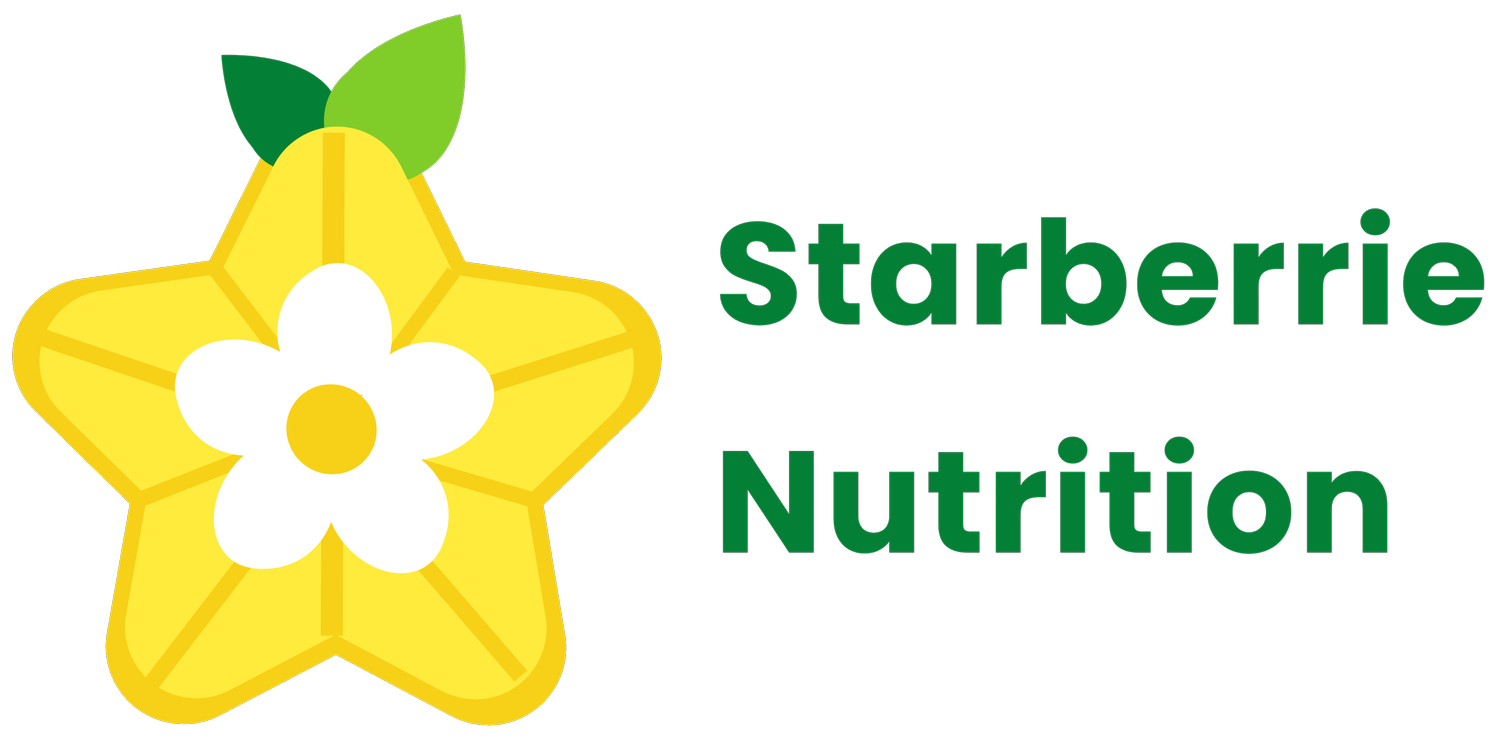Broccoli Sprouts
The ultimate hormone balancer & proposed cancer cell killer.
Why you ask? Because it has the potential to produce a ton of ✨sulphoraphane✨ (SFN) which helps your liver get rid of toxins and excess hormones like estrogen (scroll back to read about symptoms related to estrogen dominance like weight gain, low libido, anxiety, man boobs, and cancer).
I work with a lot of clients that need help with hormone balance, and cruciferous veggies — like broccoli, especially their sprouts —always come up when someone has estrogen dominance because they need help with sulfonation during their phase 2 liver detoxification process. One thing I was interested in learning was that cruciferous veggies do not inherently have sulforaphane though.
Broccoli and cauliflower sprouts are said to have the highest amounts of sulforaphane (10–100 times higher than their mature form) due to high concentrations of glucoraphanin and myrosinase, and when these two combine together, this is when you would get a sulforaphane product [1].
Some ways to get them to combine is to essentially damage the plant by cutting, chopping, or chewing it up to activate the myrosinase enzyme. When you heat up (aka cook) the vegetable, it often denatures the enzyme myrosinase, so if the goal is to maximize sulforaphane intake to help you detox out excess hormones (alongside meds, alcohol, other toxins), it might be better to eat the broccoli sprouts raw like on top of a salad or put into a smoothie.
When broccoli is cooked for two minutes, 40% of myrosinase is lost, and after six minutes 90% is lost [2]
If people prefer to cook broccoli up, adding powdered mustard seed may compensate for myrosinase loss. While Broccoli myrosinase is temperature-sensitive, mustard myrosinase is not as much and can significantly enhance the health benefits of broccoli [2, 3]
As ideal as it’d be to always have broccoli sprouts on hand, I personally buy mature broccoli because it is easier to store+prep, and then add the mustard, which actually tastes pretty good together 😋
-
Connolly, E. L., Sim, M., Travica, N., Marx, W., Beasy, G., Lynch, G. S., Bondonno, C. P., Lewis, J. R., Hodgson, J. M., & Blekkenhorst, L. C. (2021). Glucosinolates From Cruciferous Vegetables and Their Potential Role in Chronic Disease: Investigating the Preclinical and Clinical Evidence. Frontiers in pharmacology, 12, 767975. https://doi.org/10.3389/fphar.2021.767975
Okunade, O., Niranjan, K., Ghawi, S. K., Kuhnle, G., & Methven, L. (2018). Supplementation of the Diet by Exogenous Myrosinase via Mustard Seeds to Increase the Bioavailability of Sulforaphane in Healthy Human Subjects after the Consumption of Cooked Broccoli. Molecular nutrition & food research, 62(18), e1700980. https://doi.org/10.1002/mnfr.201700980
Ghawi, S. K., Methven, L., & Niranjan, K. (2013). The potential to intensify sulforaphane formation in cooked broccoli (Brassica oleracea var. italica) using mustard seeds (Sinapis alba). Food chemistry, 138(2-3), 1734–1741. https://doi.org/10.1016/j.foodchem.2012.10.119

